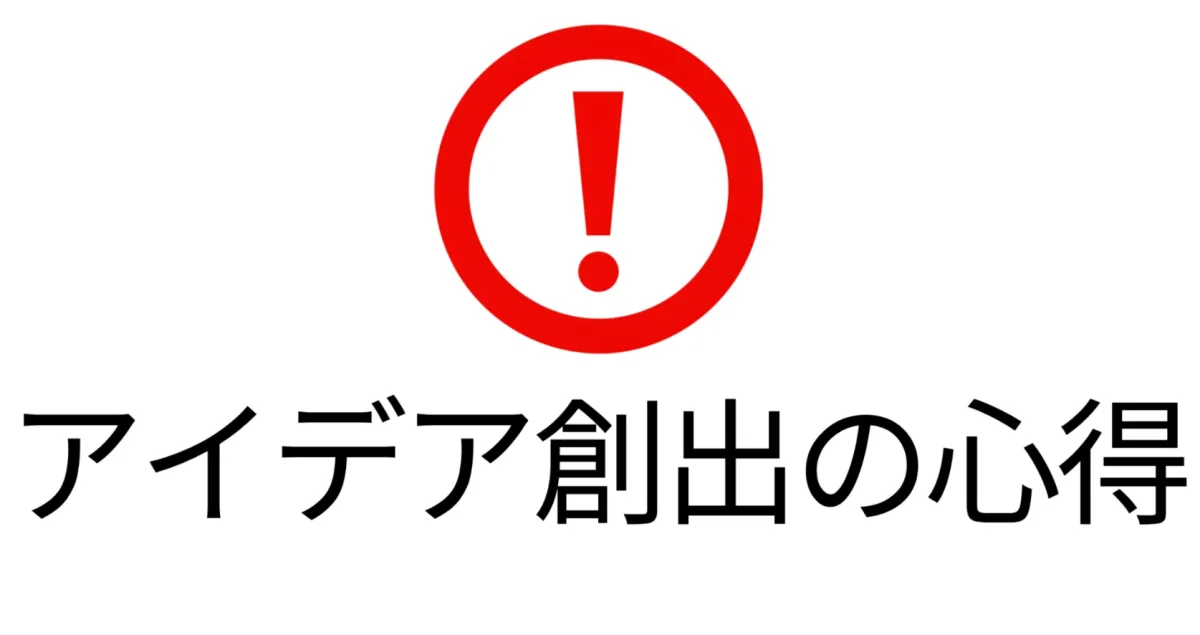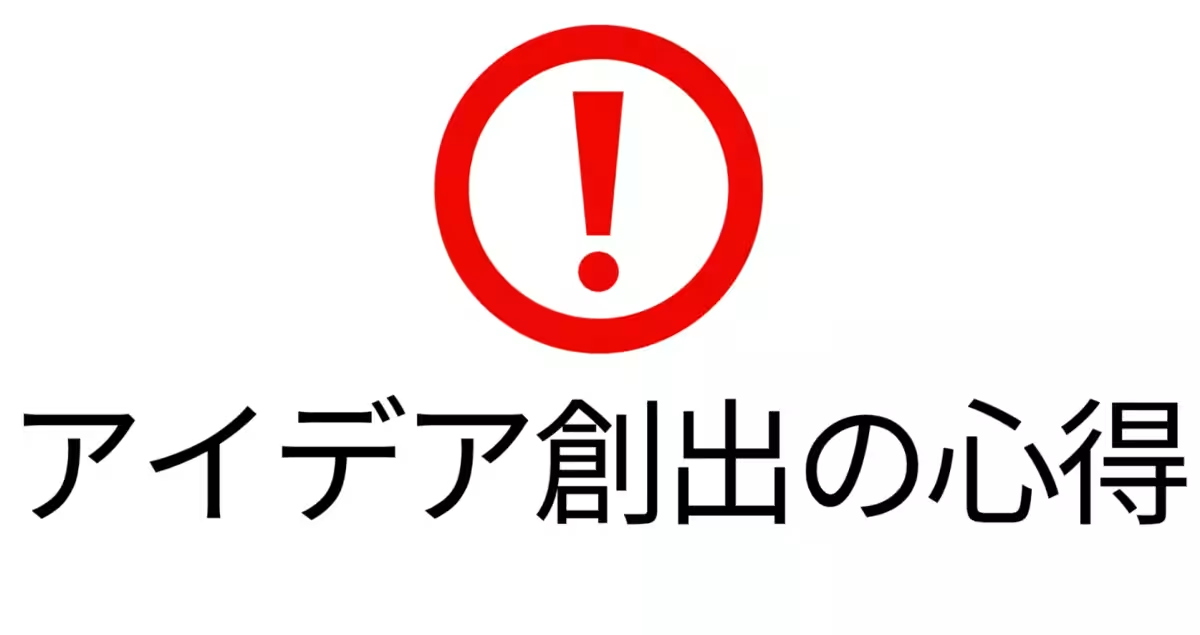

Unlocking Creative Innovation: SEEDER Corporation's Guide to Idea Generation
SEEDER Corporation: A Gateway to Creative Thinking
In the hustle and bustle of today's business environment, innovation remains crucial. SEEDER Corporation, led by CEO Kanji Murata and based in Minato-ku, Tokyo, has published a thoughtful article titled "The Principles of Idea Generation." This article serves as a valuable resource for business professionals seeking effective strategies to ignite creativity in their projects.
The Need for Innovative Thinking
As industries evolve and competition increases, the ability to generate viable ideas has become a fundamental skill across all sectors. The traditional methods of brainstorming or relying solely on intuition are no longer sufficient. SEEDER aims to distill the rich experiences gathered from various development teams into practical insights that anyone can implement. In this article, they delineate a reproducible framework for idea generation that can help teams navigate the challenges of modern business successfully.
Fostering Reproducible Ideas
The core objective of SEEDER's publication is to equip business developers, product planners, and brand strategists with techniques for generating enduring ideas. By challenging established norms while facilitating real-world implementations, SEEDER provides a roadmap for idea creation. The article is structured around four key principles of successful idea generation:
1. Focusing on the "One in a Hundred" Absolute Mindset
Instead of aiming for broad market appeal, this principle encourages innovators to develop ideas that resonate deeply with niche audiences. Drawing on examples like King Jim, the article encourages entrepreneurs to seek enthusiastic support from specific consumer segments rather than striving for widespread acceptance.
2. Questioning Conventional Wisdom
The second principle advocates reevaluating industry assumptions to uncover seeds of innovation. With Apple’s product design as a reference, SEEDER highlights the effectiveness of thinking outside the box by incorporating perspectives from different sectors. This “out-of-the-box thinking” can lead to groundbreaking ideas that transcend conventional boundaries.
3. Merging Disparate Elements
The third principle emphasizes that combining unrelated elements can yield new value. SEEDER points to Dyson's innovative approach to technology application as a quintessential example of “fusion of the disparate,” showcasing how seemingly unrelated ideas can create new products and services that revolutionize markets.
4. Promoting Flexibility in Ideas
Being open to change is the final principle discussed. SEEDER encourages businesses to embrace evolving concepts. Citing the development journey of BalmuDA, they convey the importance of fostering a culture where evolution is encouraged. Ideas should be seen as dynamic entities, capable of transformation.
The Importance of Backcasting
Towards the end of the article, SEEDER touches upon the significance of backcasting—thinking from the future back to the present. This philosophy aligns with SEEDER's tribe research approach, where teams envisage future trends and work backward to develop actionable ideas today.
Conclusion
By implementing these four principles—focusing on specific audiences, questioning norms, merging different ideas, and allowing flexibility—business professionals can generate more innovative ideas that lead to success. For those feeling stuck in their creative processes, SEEDER's insights offer a refreshing perspective on tackling challenges.
SEEDER Corporation is dedicated to advancing future insights through backcasting, aiming for extreme creative visions to translate into practical applications in society. Interested parties should reach out for support or inquiries via their official contact.
Contact Information
- - SEEDER Corporation
Email: [email protected]



Topics Business Technology)










【About Using Articles】
You can freely use the title and article content by linking to the page where the article is posted.
※ Images cannot be used.
【About Links】
Links are free to use.